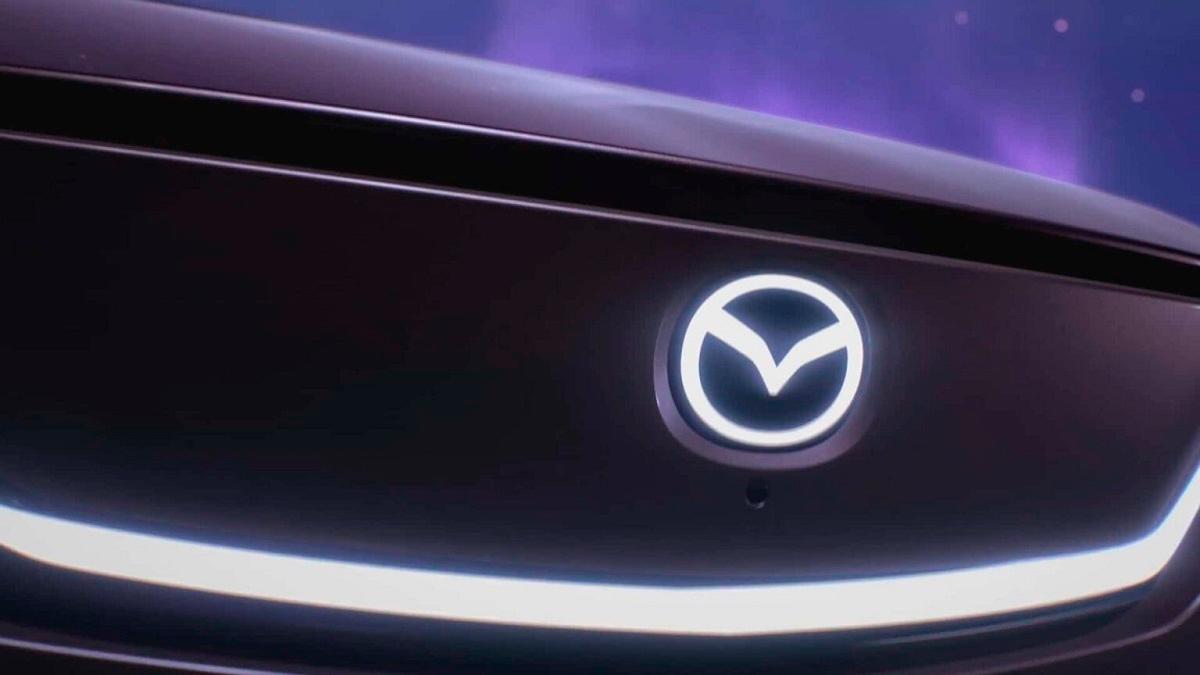AS the global shift towards electrification accelerates, one of the most pressing challenges for the automotive industry is deciding what to do with retired electric vehicle batteries. With no single definitive solution, various start-ups and carmakers are developing their own approaches. Toyota’s answer is the Sweep Energy Storage System, a project that has now entered field testing at Mazda’s Hiroshima facility.
The Sweep system takes high-voltage batteries salvaged from electrified vehicles, whether hybrids or fully electric, and integrates them into a large-scale factory energy storage solution. What sets the system apart is its ability to work with batteries of varying chemistries and levels of degradation. An advanced energy management logic developed by Toyota continuously monitors performance, directing power through the strongest units while bypassing weaker ones in real time.
Adding to its cost efficiency, the system also reuses inverters from the donor vehicles, removing the need for expensive power conditioners. Horizon, a science and technology publication, highlights this as a key factor in lowering operational costs and making the system more scalable for wider adoption.
Mazda’s Hiroshima plant, which already generates a substantial portion of its own electricity through thermal and solar stations, has become an ideal testing ground. The Sweep system has been linked directly to Mazda’s on-site energy management network, working in tandem with Toyota’s setup to create a robust, shared infrastructure. The integration is designed to regulate fluctuating supply and demand from renewable energy sources, helping Japan’s automakers take another step towards carbon neutrality.
This latest collaboration builds on Toyota’s earlier work with energy company JERA, when the first Sweep unit was launched in 2022. That system, connected to the Chubu Electric Power Grid, delivered a peak output of 485kW and stored 1,260kWh of energy—enough to power more than 1,200 homes for an hour. Crucially, its design proved capable of accommodating used batteries in mixed conditions, ensuring flexibility that makes widespread recycling not only possible but practical.
By reimagining how end-of-life EV batteries can be repurposed, Toyota and Mazda are laying the groundwork for a more sustainable energy ecosystem. The Sweep Energy Storage System not only addresses the environmental challenge of battery disposal but also turns it into a resource, proving that yesterday’s car batteries can play a vital role in tomorrow’s energy grid.









